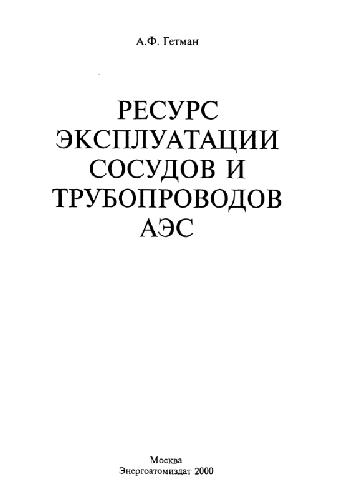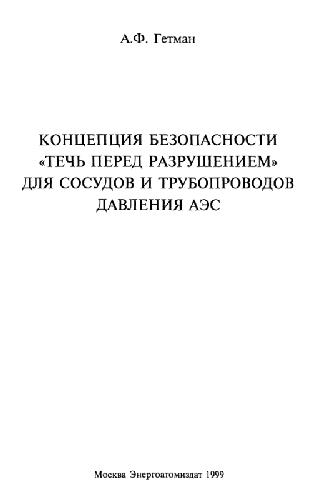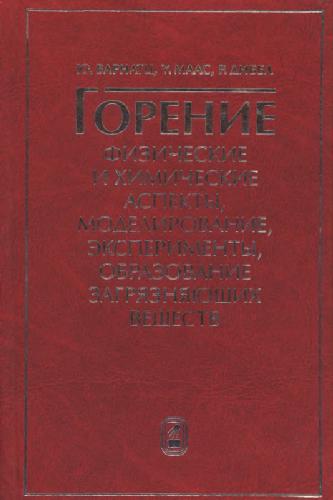El-Hawary M.E.0849321913, 9780849321917
Table of contents :
Header……Page 1
Cover……Page 2
Table of Contents……Page 6
Preface……Page 9
1.1 – A Brief History of Electric Power Systems……Page 11
1.2 – The Structure of the Power System……Page 13
1.3 – Outline of the Text……Page 17
2.2 – Concepts of Power in Alternating Current Systems……Page 18
2.3 – Three-Phase Systems……Page 23
2.4 – The Per Unit System……Page 33
2.5 – Electromagnetism and Electromechanical Energy Conversion……Page 36
2.6 – Permeability……Page 39
2.7 – Flux Linkages, Induced Voltages, Inductance, and Energy……Page 42
2.8 – Hysteresis Loop……Page 45
2.9 – Eddy Current and Core Losses……Page 46
2.10 – Energy Flow Approach……Page 49
2.11 – Multiply Excited Systems……Page 53
2.12 – Doubly Excited Systems……Page 54
2.13 – Salient-Pole Machines……Page 56
2.14 – Round or Smooth Air-Gap Machines……Page 58
2.15 – Machine-Type Classification……Page 61
2.16 – P-Pole Machines……Page 63
2.17 – Power System Representation……Page 67
Problems……Page 68
3.2 – The Synchronous Machine: Preliminaries……Page 77
3.3 – Synchronous Machine Fields……Page 80
3.4 – A Simple Equivalent Circuit……Page 82
3.5 – Principal Steady-State Characteristics……Page 85
3.6 – Power-Angle Characteristics and the Infinite Bus Concept……Page 87
3.7 – Accounting for Saliency……Page 95
3.8 – Salient-Pole Machine Power Angle Characteristics……Page 99
Problems……Page 101
4.2 – General Theory of Transformer Operation……Page 105
4.3 – Transformer Connections……Page 119
Problems……Page 129
5.2 – Electric Transmission Line Parameters……Page 133
5.3 – Line Inductance……Page 135
5.4 – Line Capacitance……Page 153
5.5 – Two-Port Networks……Page 169
5.6 – Transmission Line Models……Page 171
Problems……Page 187
6.2 – Three-Phase Induction Motors……Page 192
6.3 – Torque Relations……Page 200
6.4 – Classification of Induction Motors……Page 205
6.5 – Rotating Magnetic Fields in Single-Phase Induction Motors……Page 206
6.6 – Equivalent Circuits for Single-Phase Induction Motors……Page 211
6.7 – Power and Torque Relations……Page 217
6.8 – Starting Single-Phase Induction Motors……Page 223
6.9 – Single-Phase Induction Motor Types……Page 225
Problems……Page 232
7.1 – Introduction……Page 237
7.2 – Transients During a Balanced Fault……Page 238
7.3 – The Method of Symmetrical Components……Page 240
7.4 – Sequence Networks……Page 245
7.5 – Line-to-Ground Fault……Page 261
7.6 – Double Line-to-Ground Fault……Page 264
7.7 – Line-to-Line Fault……Page 268
7.8 – The Balanced Three-Phase Fault……Page 270
7.9 – System Protection, an Introduction……Page 271
7.10 – Protective Relays……Page 273
7.11 – Transformer Protection……Page 276
7.12 – Transmission Line Protection……Page 282
7.13 – Impedance-Based Protection Principles……Page 289
7.14 – Computer Relaying……Page 297
Problems……Page 299
8.1 – Introduction……Page 304
8.2 – Overview of EMS Functions……Page 306
8.3 – Power Flow Control……Page 314
8.4 – Power Flow……Page 318
8.5 – Stability Considerations……Page 331
8.6 – Power System State Estimation……Page 339
8.7 – Power System Security……Page 343
8.8 – Contingency Analysis……Page 348
8.9 – Optimal Preventive and Corrective Actions……Page 353
8.10 – Dynamic Security Analysis……Page 360
References……Page 365







Reviews
There are no reviews yet.